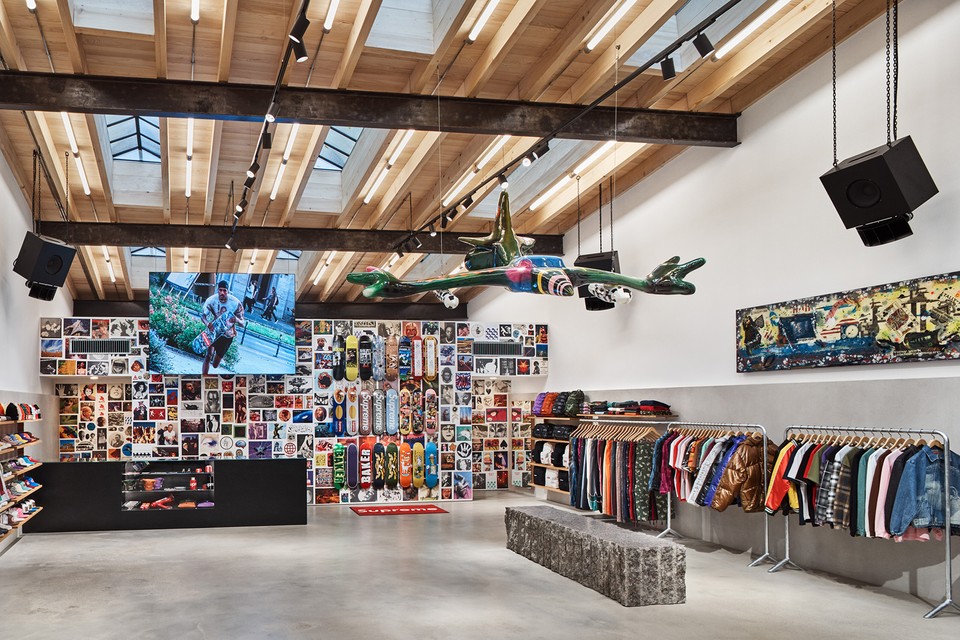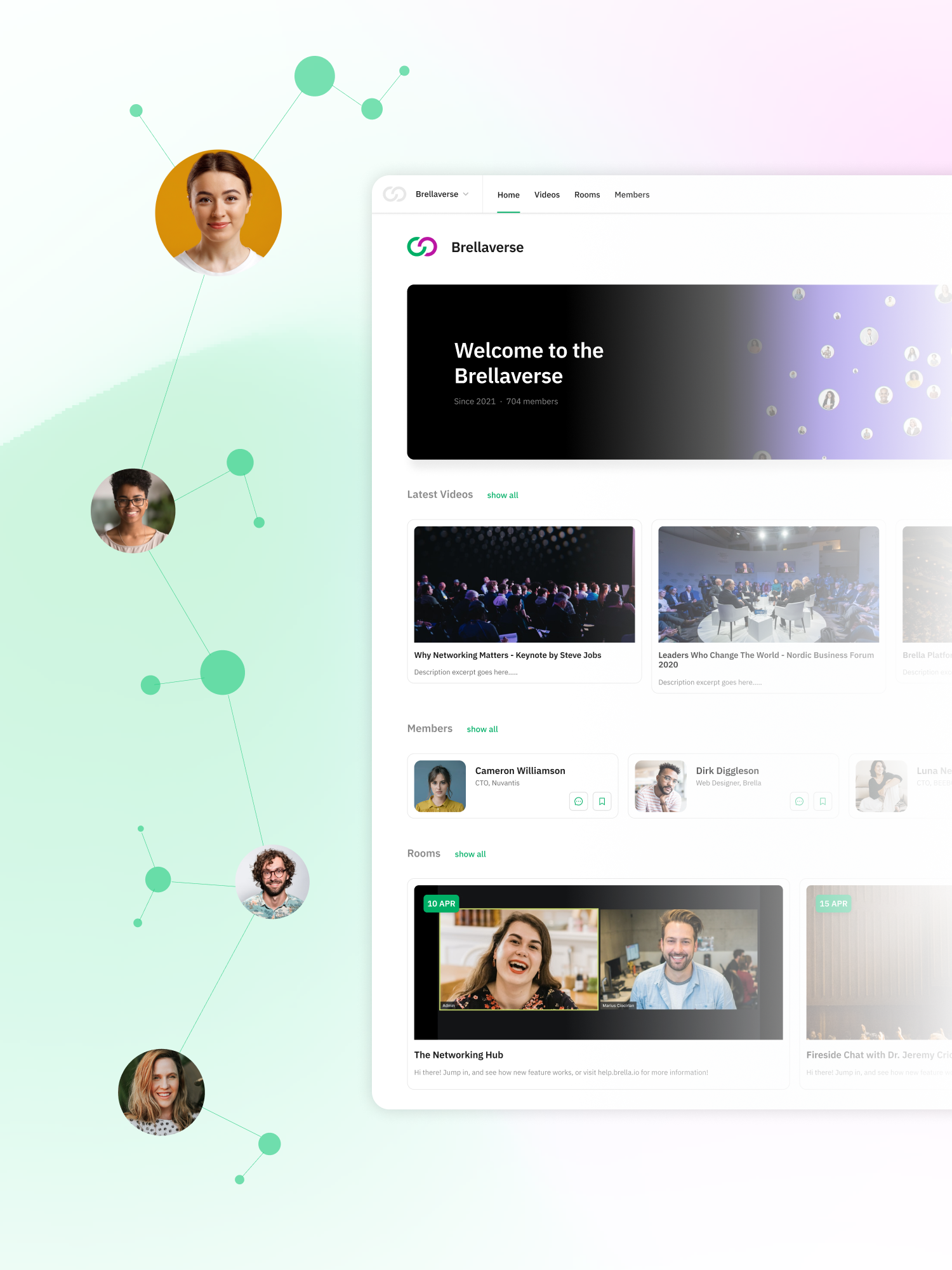What do anatomy models, bricks, and trailers have in common?
A simple white text on red block logo – Supreme.
Depending on your style, you may know Supreme from their quality clothing, or from their odd choices of products. However, no matter how you know Supreme, you know of their fanatical community and their ever-loving devotion to Supreme products.
They were so desirable in their heyday that people would line up days in advance for a chance to purchase their products.
So why was any product with a simple logo so popular? How did the Supreme community begin, how did they grow - and how can you apply their tactics to your own community?
Well, to build their community and brand following, Supreme adhered to these community-building principles:
- Always keep your audience in mind with everything you do
- Know what your community stands for, and don’t be afraid to say no
- Be willing to experiment and try new things
- Leverage the influencers in the industry to put your community on the map
But before we get into that, let’s take a look at where Supreme started.
Supreme as a brand
Supreme started as a humble skate shop in New York, catering to local skateboard enthusiasts who wanted a place to hang out as well as buy stylish clothing.
James Jebbia, founder of Supreme, was “drawn to the edgy and effortlessly cool style” of the local skaters, and wanted to recreate the feeling from his youth, where there was always that one store that focused on good clothing that catered to their audience – no big brands, just quality, stylish clothing.
Everything about the brand was designed with skaters in mind, from the clothing, to the collaborations, to the stores - in fact, their stores still follow a similar design where the clothing racks are kept to the outer borders of the store so people can skateboard in without navigating tight spaces. Plus, the employees at their very first store were skaters themselves, which lent an aura of authenticity and reality to the place.
It was a store by skaters, for skaters.
As well, Jebbia knew that Supreme's audience wanted something different. They wanted to stand out, to flaunt their nose at the norm; to be irreverent and trendsetters. So they created unique designs that also had a limited print run, ensuring that it’s highly unlikely to come across someone wearing the exact same thing as you.
“[We] want to have the feeling that this won’t be here in a month,” Jebbia tells Vogue. “When I grew up, I think everybody felt that way. It’s like, if I love this, it may not be here, so I should buy it.”
FOMO – Fear Of Missing Out. It’s in everything that Supreme does. When a product of Supreme sells out, it’s gone forever. And while some of you may balk at the fact that Supreme never reprints a successful line, it’s something that their fans love.
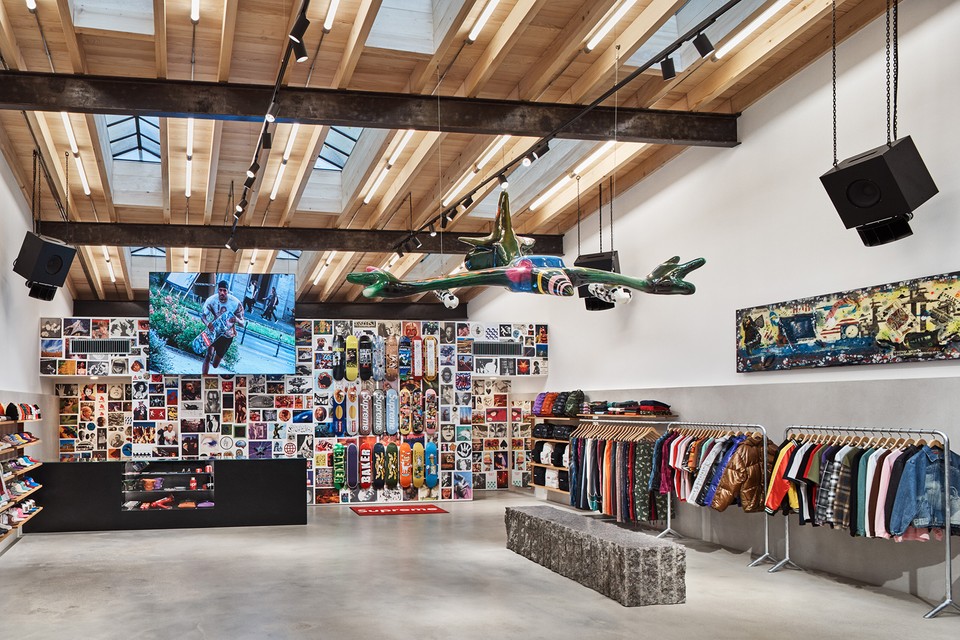
Supreme's newest store in Berlin still stays true to its roots. Image source
So, already we can see the start of a great community-building experience – always keep your audience in mind. Supreme was a skate shop, built first for actual skaters. But Supreme never had to tell their audience that. It was plain to see for any skater who visited their store, and those skaters began to tell other skaters about the amazing shop they found.
Their reputation (and infamy) grew as they collaborated with other well-known artists in the underground scene, and more and more celebrities began wearing their products. However, they always stayed true to their roots – keeping the same open layout in their stores, printing a limited supply of each product, and even being stingy with the number of stores they opened up. After all, nothing screams overblown than a store on every street corner.
Emmanuel Nyame has managed in-person communities for over 12 years, and he's seen the best and worst of communities.
"Everything about community management revolves around you building a relationship with your members," Nyame tells us in the Community Management 101 Guide. "Your goal is to create a solid foundation between you as a community manager, the host organization, and your community members. And once you understand the wants and needs of each member, everything else falls into place."
Sometimes, you gotta not give the people what they want
Supreme differs from nearly every other fashion brand, in that they only print a limited supply of every product they offer. And, instead of reprinting pieces that sell out, they do the exact opposite and never print it again.
In a world where popular phenomena are rewarded by being redone endlessly, Supreme stands out by sticking to their own values – they want their clothing to be truly unique.
And therein lies another lesson for your community-building efforts – know what your community stands for, and don’t be afraid to say no.
While it can be argued that the decision to not print more clothing of a successful line was a savvy business decision, it also comes from a practical place – Jebbia didn’t want to be left with clothes nobody wanted.
Printing t-shirt after t-shirt could have been a great financial decision in the short term. However, this would have destroyed the ‘cool’ sensation that Supreme had carefully created, leaving those previously desired shirts worthless.
So while you should always be open to new things (more on that later), first you should consider your values as a company, and as a community. Bonus points if you document them for everyone to see!
How does this apply to your community? Well, Jason Manion at Tallo comes across this often when managing their own community.
While they want to help students connect with each other, they also want to create a professional environment, which means restricting the topics that their members can chat about on their platform.
“One common issue we run into is just off-topic posts, as we are cultivating a professional environment, and posts not related to education or careers just aren’t relevant,” says Manion.
Your community doesn’t have to be the space where your members discuss everything under the sun, if that goes against the atmosphere you’re creating.
So really think about what your community is about - and what it is not about.
But before you say no, think if it’s worth trying
Now, you could argue that Supreme wouldn’t have a problem moving inventory. However, despite their success (like being bought by VF Corporation for $2.1 billion), they still print a very limited supply of… well, everything they do.
And Supreme has created some… unique products in the past. You may have heard of the Supreme Brick, which is exactly what it sounds like – a brick with the Supreme logo on it.
But if bricks aren’t your thing, how about toothpicks, or anatomy models, or even expired Oreos?
To be fair, these off-the-wall ideas for products fit their brand well.
This leads us to our third takeaway, which is never be afraid to try new things.
(Disclaimer: I’m not saying you need to make a brick for your community.)
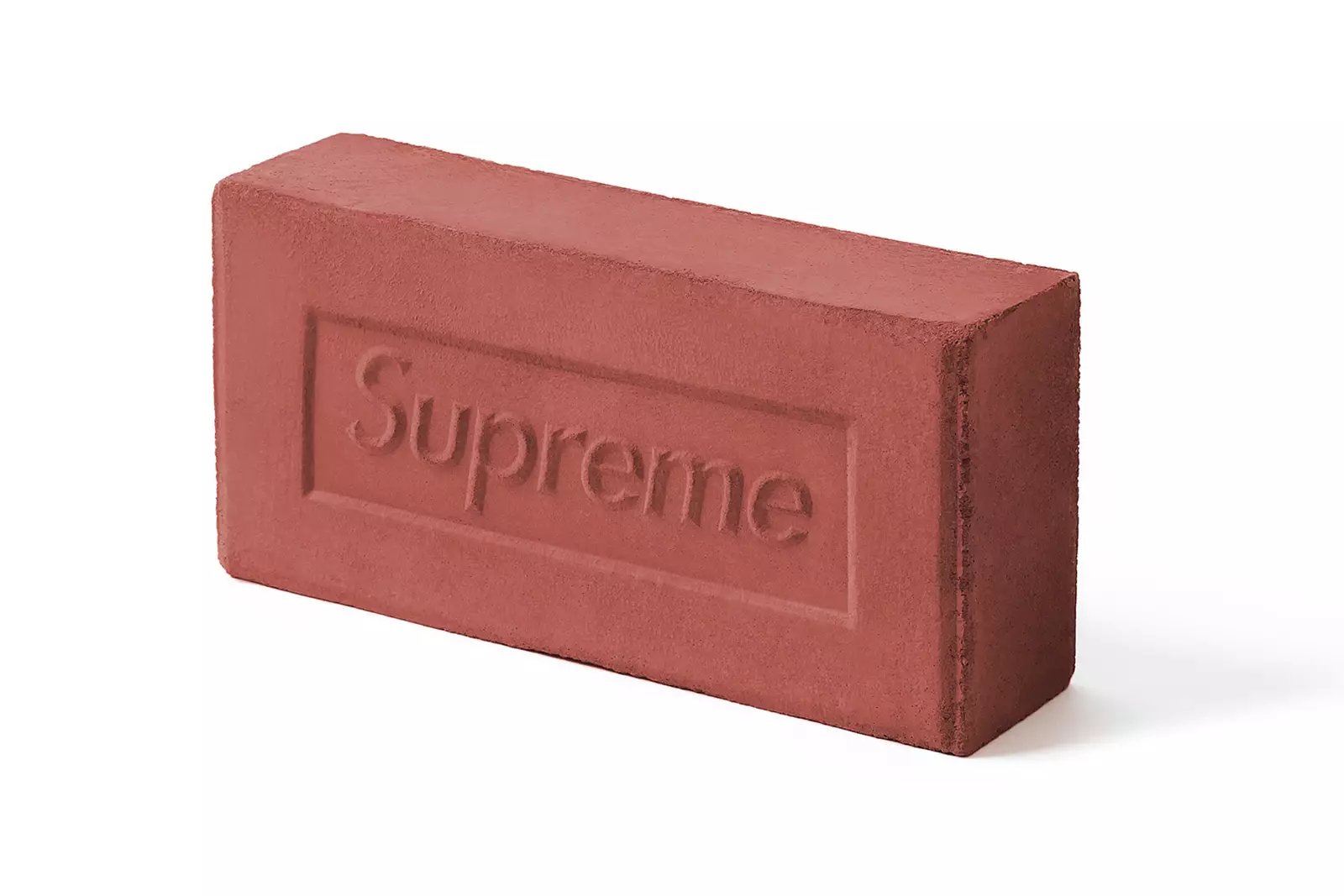
Yes, it's a real thing. Image source
Even when you know what your members want, you still have room to surprise them. Sometimes, we don’t know what we want until we see it (see above). So as a community manager, it behooves you to try new things and see what your community enjoys, and what they do not.
This is echoed in the Community Management 101 for Event Professionals guide, where many community leaders stressed the need to test different initiatives and try new things with your audience.
Hannah Johnson, Community Manager at Rolling Stone Culture Council, has managed a wide variety of communities for years. And she’s learned that there is no one-size-fits-all approach.
“Community management doesn’t have a ‘right’ way to do it, because each community will be different and have its own unique needs,” says Johnson. “All you need to do is figure out what is best for the community you are managing!”
Become part of the community by… becoming part of the community
As we mentioned before, Supreme built their brand and a loyal following by creating high-quality products that their audience craved. However, beyond word-of-mouth marketing from their existing fan base, they increased their growth exponentially by partnering with well-known artists and celebrities.
After all, fashion is all about who is wearing what. So when big celebrities like Kanye West, Justin Bieber, Rihanna and tons more were seen wearing Supreme, that made it infinitely more desirable.
But before they were in the mainstream, they were working with local models, artists, and skaters near their store on Lafayette Street in New York, which gave them a strong and authentic presence within the skate and underground community.
So for our final takeaway – Leverage the influencers in the industry to put your community on the map.
After all, nothing says you’re part of the community by partnering with the pillars within!
Supreme partnered with local artists at first, and then expanded to include celebrities and even other clothing labels – but they were always individuals that their audience loved and appreciated.
So ask those influencers and key players to share their thoughts with your community! Whether it’s during Ask-Me-Anythings (AMAs), meet-and-greets, or even presentations where they share their knowledge with your community, your members will appreciate the opportunity to meet their idols.
And make sure you are present within the industry too! When others see your community being active within their space, that raises awareness and encourages more signups.
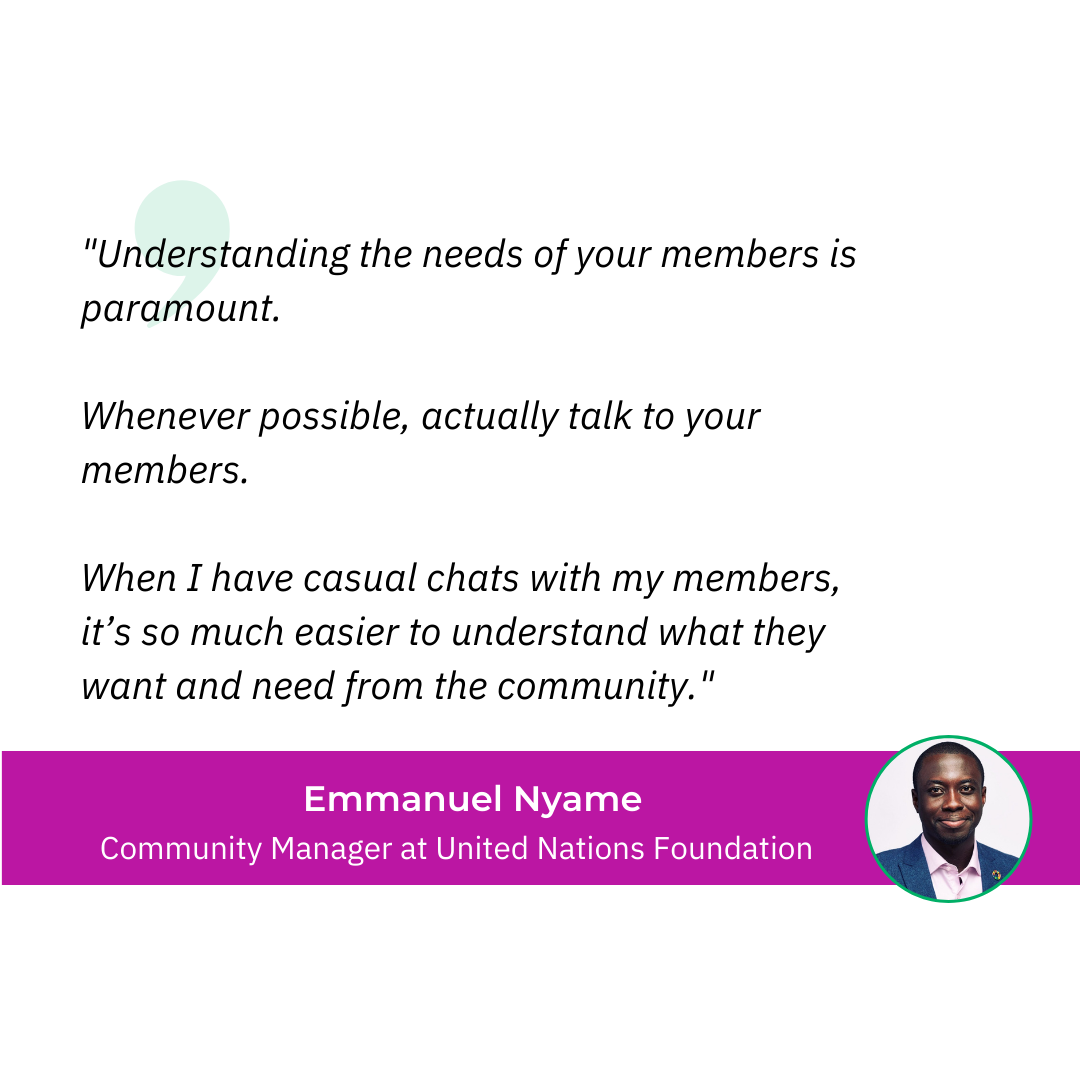
Read Emmanuel's amazing tips in the Community Management 101 Guide!
Start growing your own community
No matter if you are a closed, niche community or an open, casual community, there’s a lot to learn from Supreme’s success.
They’ve created a loyal following, and are still creating products that sell out nigh instantly, and only increase in value on the resale market.
While you may not be creating a fashion brand, if you keep these tips in mind, you're sure to find success.
So remember these four things to keep your members crying for more!
- Always keep your audience in mind with everything you do
- Know what your community stands for, and don’t be afraid to say no
- Be willing to experiment and try new things
- Leverage the influencers in the industry to put your community on the map
And if you’re interested in top tips by real community managers, I can recommend the Community Management 101 Guide. We interviewed professional community managers from a wide array of industries to give you the best tips possible.
Whether you're just starting out or need tips for managing your community's growth, this guide has everything you need. Get your copy today!
Read more
- Virtual events
- Hybrid events
- In-person events
- Event sponsorship
- Event engagement
- Event matchmaking
-
Brella news
-
Brella and Swoogo Partner for Optimized Event Experiences

-
Brella wins the Best Event App in the US & Canada

- START Global partners with Brella for a world-class networking experience
- Brella co-hosts The European Startup Conference to help Ukrainian tech ecosystem
- Next Block Expo partners with Brella for a world-class networking experience
-
- Meet a Brellaneer

